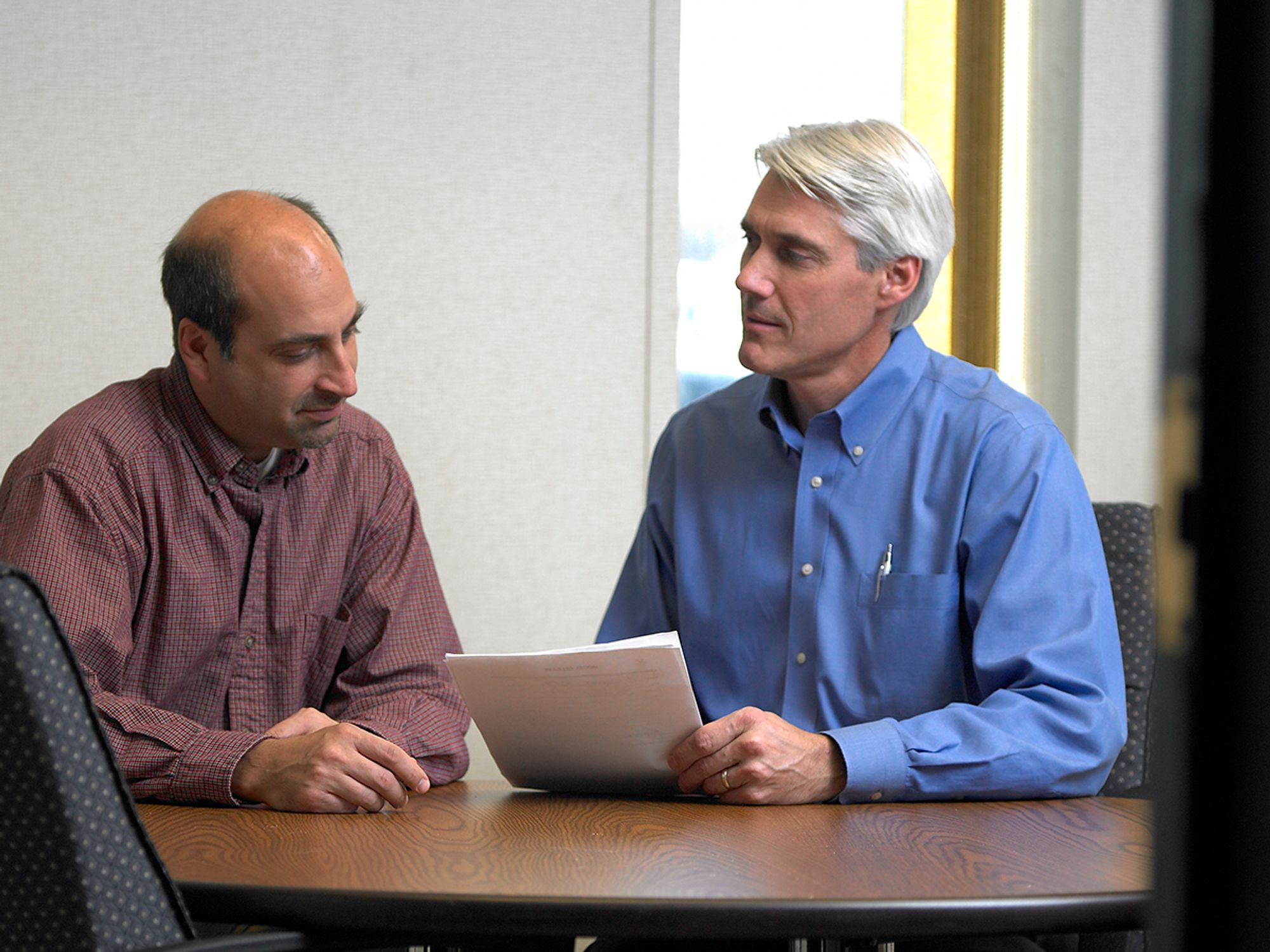InstituteTrainingSupervisor trainingTraining & DevelopmentFocus AreaHuman ResourcesEnglishAnalysisIn Depth Sub Topics (Level 4)USA
One-on-one meeting training for supervisors
['Training']

- Train supervisors to value and make the most of one-on-one meetings with workers.
Regular one-on-one meetings between employees and supervisors build trust, ensure employees have necessary support, and considerably increase the likelihood of engagement for employees. To make the most of one-on-one time with employees:
DO:
- Create a basic outline to keep the meeting on track, but keep the conversation informal. It might even be possible to get out of the workplace. Consider taking a walk or meeting at a coffee shop.
- Discuss whether an employee’s work and behaviors are helping the individual reach the goals that person has set. Reinforce on-target behaviors, and redirect those that may be off, making sure employees know what successful performance looks like.
- Allow the employee to direct the meeting if the person feels comfortable.
- Review what the employee is or is not enjoying about work. Ask employees what opportunities are desired in the future.
- Ask the employee what the person hopes to accomplish before the next one-on-one. Have the individual propose action steps to get there.
- Review notes from the last one-on-one. Employees will quickly come to view these meetings as a waste of time if there isn’t follow-up from previous meetings. Such notes could be stored in a shared document that the employee can also see and update. In some cases, follow-up will be required before the next one-on-one with the employee.
DON’T:
- Cancel one-on-ones unless it’s an absolute emergency. If employers must cancel, immediately reschedule to ensure the employee knows the company considers the person a priority.
- Treat the meeting as a status update. Either use five to 10 minutes as a status update or have the employee email the employer about the status of projects ahead of time.
- Give insight while forgetting to receive it. Think of a one-on-one as an exchange of information. Employers should do more listening than talking and should gain insight from the employee as much as the employee gains in return.
- Allow the focus of the meeting to shift away from the employee’s needs and development.
- Be afraid to put a pin in a topic of conversation if it’s something the entire team should discuss together.
- Show up without progress on action items from the previous one-on-one. Employers wouldn’t expect the employee not to follow through, so neither should the employer.
